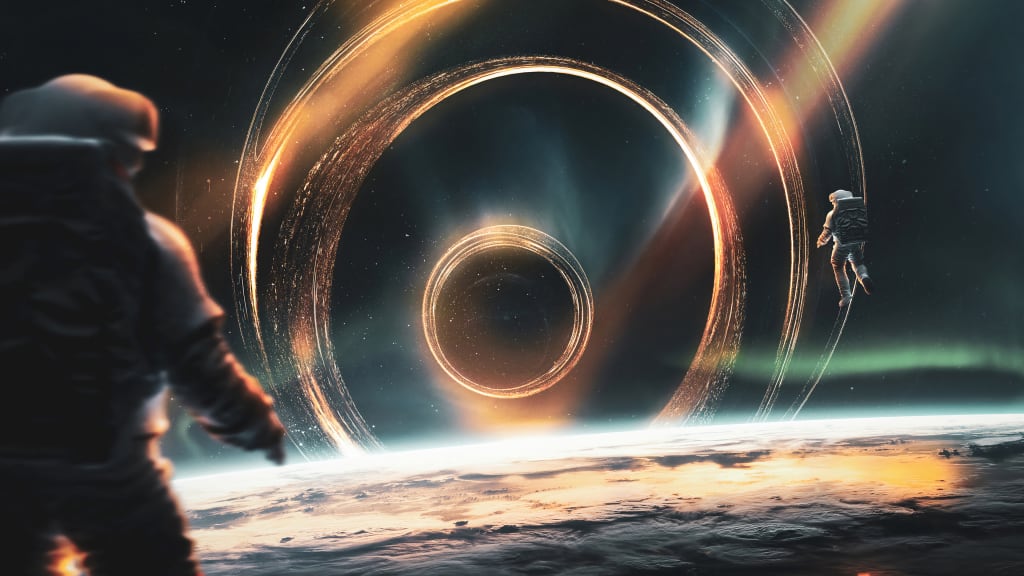What is inside a black hole in space?
check out the list

A black hole may sound like the name of a fearsome monster, but in reality it is an astronomical object which has been discovered by astronomers. Black holes are formed when certain stars and galaxies run out of fuel and collapse into themselves. The conditions within a black hole are so extreme that not even light can escape from them. They have been described as "endless funnels" that suck up everything around them.
Black Holes Are Funky
Black holes are not always black. They can be a variety of colors, including red, orange and yellow. The reason for this is that the light from the stars inside a black hole gets absorbed by the black hole's event horizon before it can reach us here on Earth. The amount of light that is absorbed depends on how far away the star is from the black hole and its brightness.
This means that even though we cannot see inside of a black hole directly, we can still learn about what's going on by taking a look at its shadow. For example, if we shine light into a black hole from a distance away from it (like from Earth), we will see an image like this:
The red represents light being absorbed by the event horizon; the blue represents light being emitted out of the event horizon; and everything else is noise caused by our telescopes and instruments.
You Can't Directly See a Black Hole
Black holes have some of the most bizarre and mysterious properties in the universe. They're invisible, for one thing — you can't see them with your naked eye! For another thing, they don't seem to emit any light or energy. But what exactly is inside a black hole?
There are several theories about this. One theory says that there's nothing there at all — that it's just empty space with no substance at all. Another theory says that if you could get near enough to a black hole, you'd feel its gravity so strongly that nothing would be allowed to escape into space.
But most scientists think that something must be going on inside of these objects in order for them to exist at all. And they've come up with several different ways of thinking about what might be happening inside them:
The first theory is that black holes are actually just regions where space itself has collapsed into nothingness — a place where even light itself cannot escape. This means that if you were able to enter this region, you would have no way of knowing whether there was anything else outside of it or not; it would seem like an infinite void."
X-Ray Astronomy
The first black hole was discovered in 1916 by Karl Schwarzschild and more than a hundred years later, it is still one of the most baffling mysteries in physics.
The center of our galaxy, known as the Milky Way, has a supermassive black hole at its center. It's estimated to be about 4 million times heavier than the sun, or about 4 million Suns' worth of mass.
The black holes we see around us today were formed from certain types of stars called "supermassive" stars. These stars have masses similar to our sun but much larger sizes. One such star would need about 300 times more mass than our sun to create an object with the same mass as our planet Earth. These massive stars burn through their fuel quickly and explode as supernovae; when this happens, the outer layers are blown away at speeds close to that of light — but those innermost layers remain behind, forming a black hole!
comment your favorite part!
About the Creator
Enjoyed the story? Support the Creator.
Subscribe for free to receive all their stories in your feed. You could also pledge your support or give them a one-off tip, letting them know you appreciate their work.






Comments
There are no comments for this story
Be the first to respond and start the conversation.